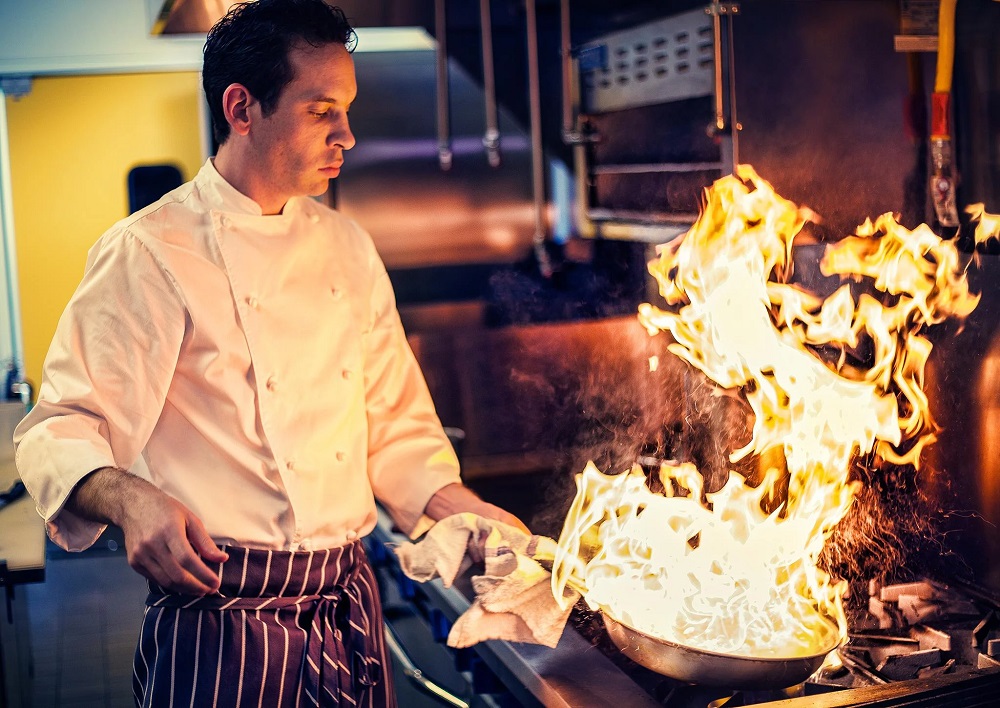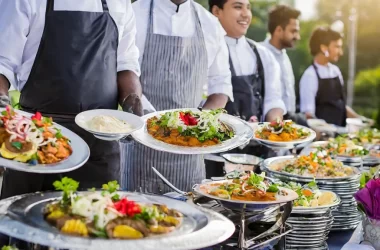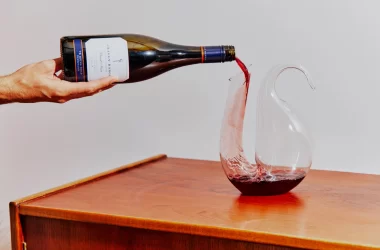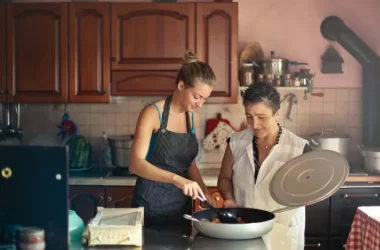The iconic chef uniform – you know it when you see it. Those crisp, clean whites, that double-breasted jacket, the pleated pants, and the toque – that tall, pleated hat. There is something timeless, something alluring, and even majestic about it. But have you ever wondered about the story these uniforms tell? The histories they hold? Let’s pull back the curtain and explore the tale stitched in every chef uniform.
The Story Begins: The Origin
Believe it or not, the uniforms worn by our beloved kitchen maestros are not just for show. These garments date back to the mid-19th century, when the legendary French chef, Marie-Antoine Carême, designed a uniform to dignify the cooking profession. Carême’s design had a practical edge – the double-breasted jacket could be reversed to hide stains, the hat kept hair neatly tucked away, and the whole ensemble in white reflected heat away from the body. So, the origin of chef uniforms was a blend of practicality and sophistication.
The Double-Breasted Jacket: Function and Elegance
The double-breasted jacket is one of the most critical aspects of the Chef’s uniform. Yes, it looks sharp, but its design serves a deeper purpose. The double layer of fabric provides extra protection against hot spills and splatters from the stove. The reversible feature of the jacket also comes in handy, allowing chefs to switch to a cleaner side if needed quickly.
The Toque: A Crown in the Kitchen
Next up is the toque – the tall, pleated chef’s hat. The toque is a significant part of the chef’s uniform, representing authority and experience in the kitchen. Historically, the height of the toque indicated a chef’s rank – the taller the hat, the higher the level. Also, it is said that the 100 creases in the toque symbolize the 100 ways a chef can cook an egg.
The Checkered Pants: An Art of Camouflage
Not to be left out let’s discuss the checked pants. These are comfortable and easy to move in, but their pattern cleverly disguises minor spills or splashes common in a bustling kitchen.
The Evolution of Chef Uniforms
Despite their rooted history, chef uniforms have not remained static. Over the years, the traditional white has been increasingly replaced with other colours or patterns, reflecting the growing creativity and individuality in the culinary world. Yet, the essence of the uniform – its protective nature, the professional image it projects, and the respect it commands – has endured.
Wrapping Up: The Story Continues
As we unravel the story stitched in every chef’s uniform, we realize they’re more than just clothes. They symbolize history, a badge of honour, and a protective shell in the kitchen’s heat. So, the next time you see a chef donned in their uniform, remember each element is a chapter in a rich tale of culinary history.







